F1 2017: Red Bull reveals hollow-nose RB13
Striking new F1 cars are wider and more aggressive than their predecessors
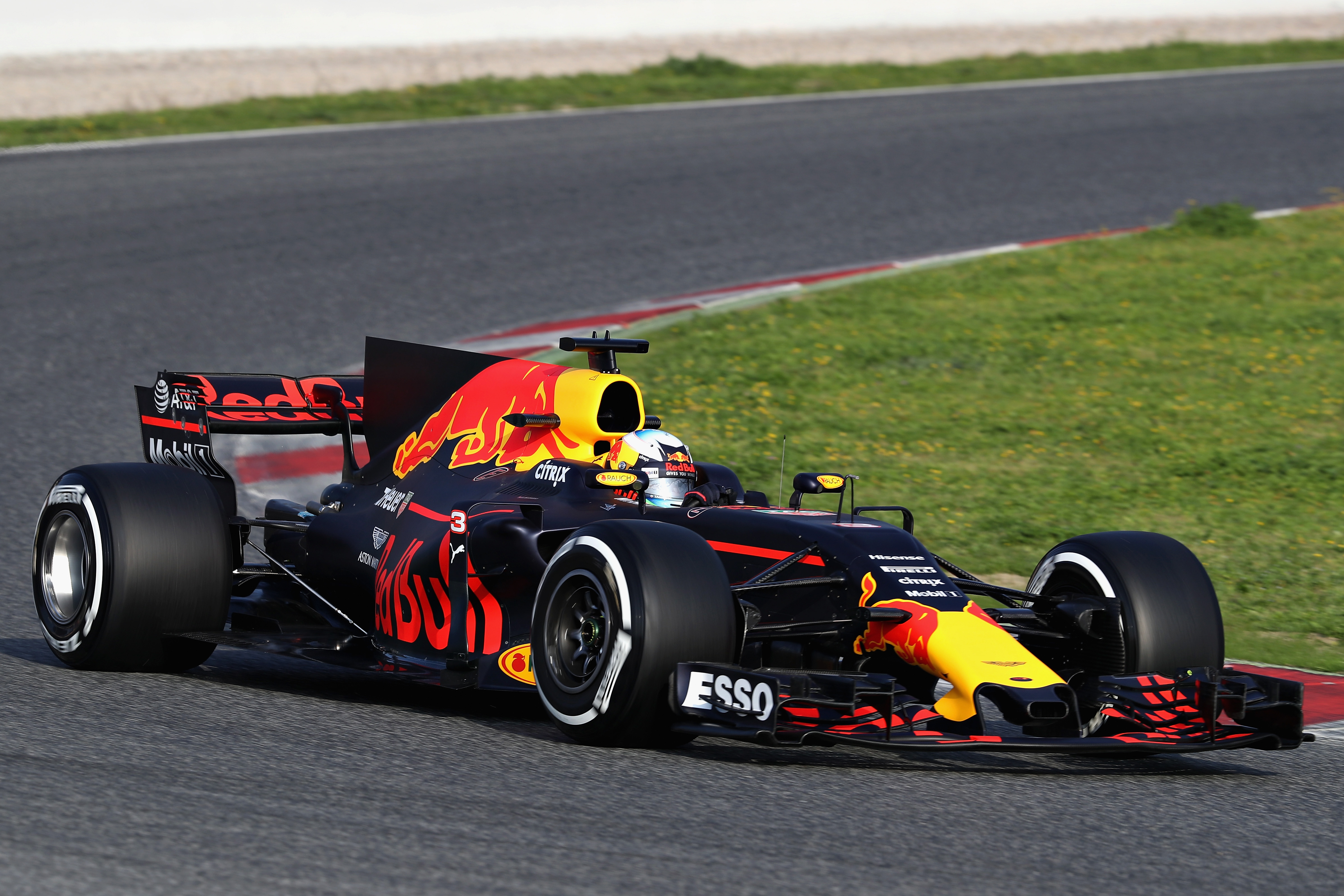
The Formula 1 season has finally kicked off after a three month winter break, with teams unveiling the challengers they hope will bring them victory.
This year sees the introduction of radical regulation changes that will usher in a significant increase in aerodynamic grip, as well as more aggressive designs.
Changes include wider tyres, a lower and wider rear wing, a delta-shaped front wing and the return of large bargeboards. The rear wing and side pods are also angled backwards to make the cars look more dramatic.
The Week
Escape your echo chamber. Get the facts behind the news, plus analysis from multiple perspectives.

Sign up for The Week's Free Newsletters
From our morning news briefing to a weekly Good News Newsletter, get the best of The Week delivered directly to your inbox.
From our morning news briefing to a weekly Good News Newsletter, get the best of The Week delivered directly to your inbox.
The cars are expected to change even more when winter testing arrives, as many teams don't want to show their hand before the first race in Melbourne on 26 March.
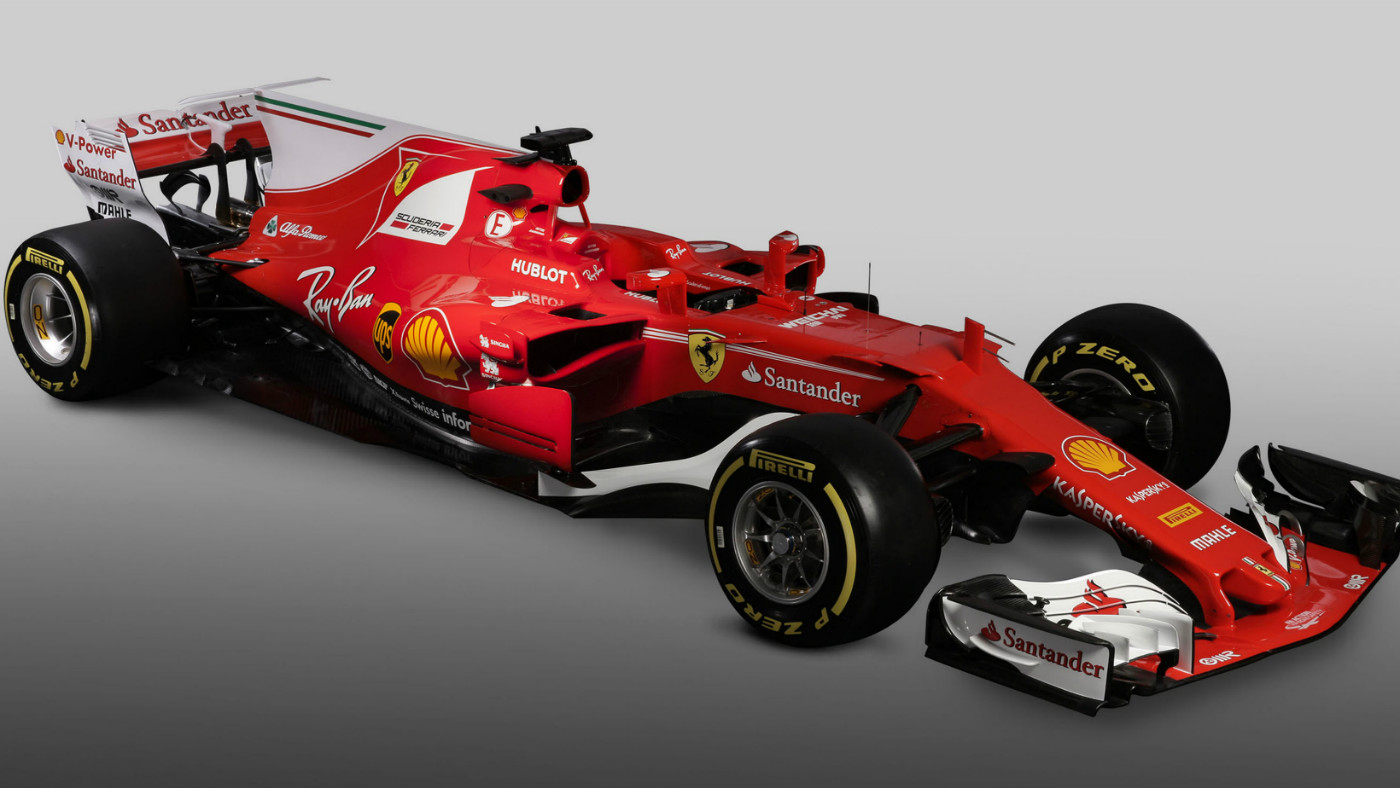
Scuderia Ferrari SF70H
Ferrari suffered a winless campaign in 2016, despite the SF16-H showing promising signs early in the season.
The Scuderia will be looking to regain its place at the top of the pecking order with its new SF70H introducing some extreme bodywork solutions not yet seen on any of its rivals.
A free daily email with the biggest news stories of the day – and the best features from TheWeek.com
Ferrari's challenger appears to have a much more compact design than the Mercedes W08, seamlessly incorporating bolt-on turning vanes into the air ducts and bargeboards. One of the more striking elements is the flat and wide side pods that flank the driver.
Moving towards the front, the Scuderia has retained the nose cone, which also appears on many of the other cars on the 2017 grid, but adds a new element to the shark-fin engine cover in the form of a thin wing.
Mercedes trailed a similar device during its launch event, although neither team has revealed the full benefits of the piece.
McLaren MCL32
It's all-change at the Woking-based team - Zak Brown is now chief executive following the ousting of Ron Dennis, a move set to alter the face of McLaren.
Changes can already be seen in the name of its 2017 challenger - the MCL32, a naming system that replaces Dennis's MP4 prefix – while there is a return to the black and orange livery McLaren ran in the late 1960s.
With its Honda engine being underpowered and less reliable than its rivals, the Japanese car giant will equip the MCL32 with a "new layout" and "revised architecture" for its power unit, says Motorsport.
Visually, the MCL32 retains many design cues from its predecessor, including the stub on the nose cone and vented wing mounts. The S-duct aerodynamic aid, located in front of the driver's feet, is larger than in last year's car, while the front wing appears to have significantly more detailed elements.
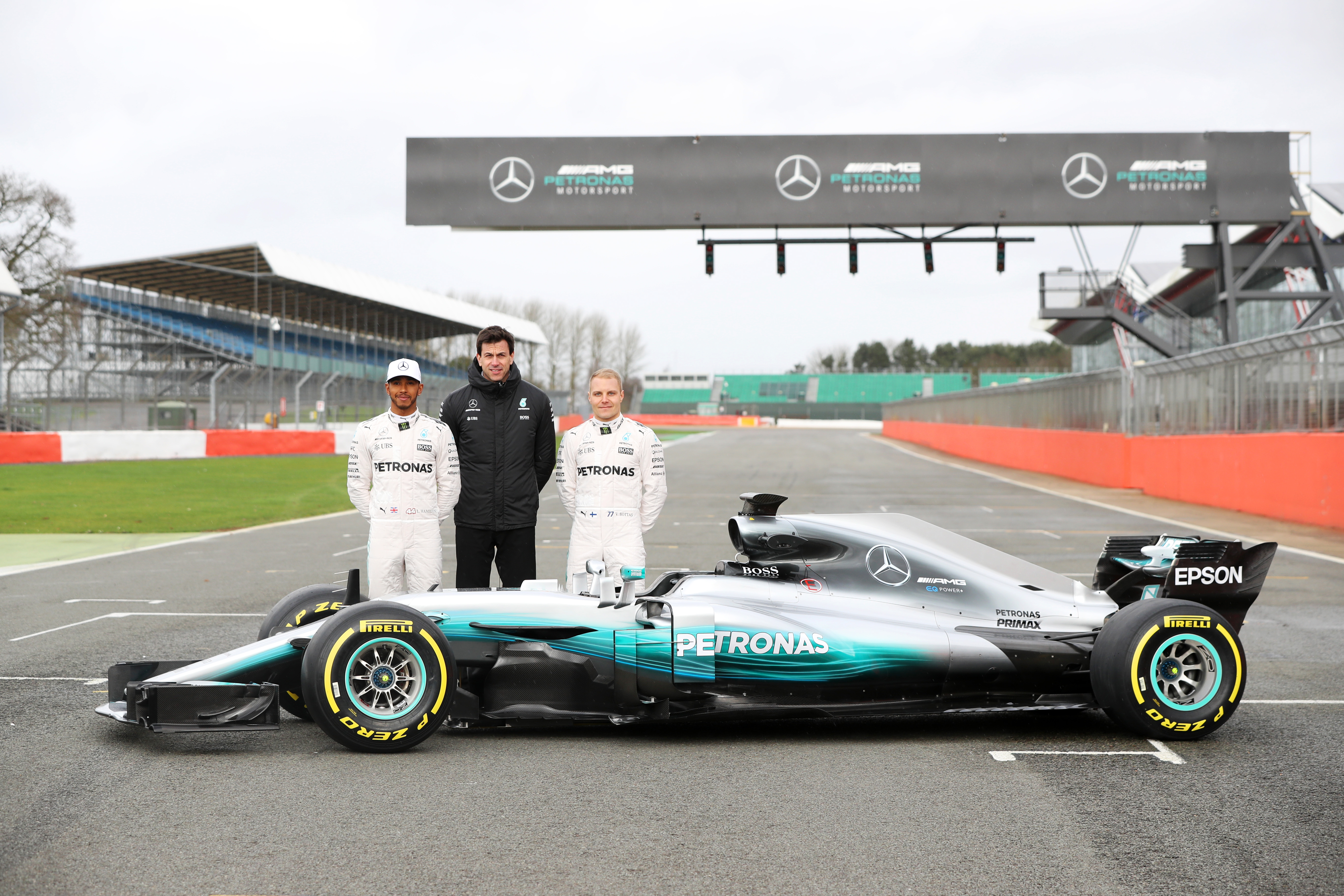
Mercedes-AMG W08 EQ Power+
Mercedes-AMG has produced some of the more visually appealing cars on the F1 grid over the past few seasons and its new W08 EQ Power+ is no exception.
Lewis Hamilton debuted the reigning world champion's new challenger during a filming day at Silverstone, with Mercedes debutant Valtteri Bottas taking over in the afternoon.
Aside from the larger wings and wider track, the W08 appears to carry over several design cues from its predecessor, including the narrow nose cone and oval-shaped air-intake above the driver's head.
It does not have the controversial shark fin attached to the engine cover that many of the other teams have incorporated into their challengers to balance the car through high-speed corners. It could, however, appear at a later date through in-season package updates.
"It feels almost identical to last year's car", said Hamilton, adding he could sense the car was a "bigger, more powerful beast".
He continued that "naturally, the car feels wider", while "the front tyres feel huge and there's quite a lot of grip already, just in the cold conditions".
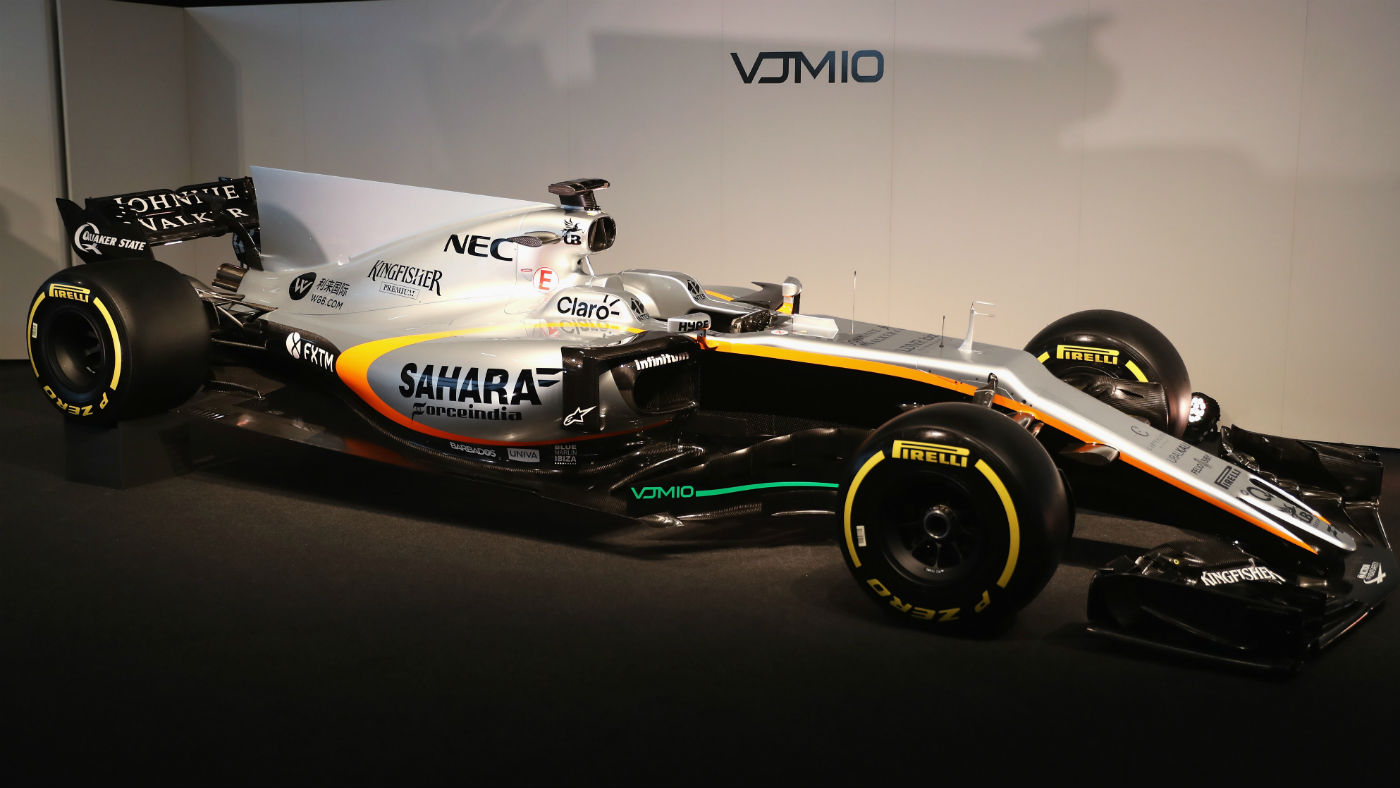
Force India VJM10
Force India's entry to the 2017 season, the VJM10, features one of the more radical interpretations of this year's new rules.
The front of the chassis features a step-nose design similar to those seen on many of the 2012 cars, with a trident-style section that appears to have evolved from the team's last challenger.
It also incorporates a relatively primitive shark fin bolted on to the engine cover, although this could change in shape during next week's winter testing.
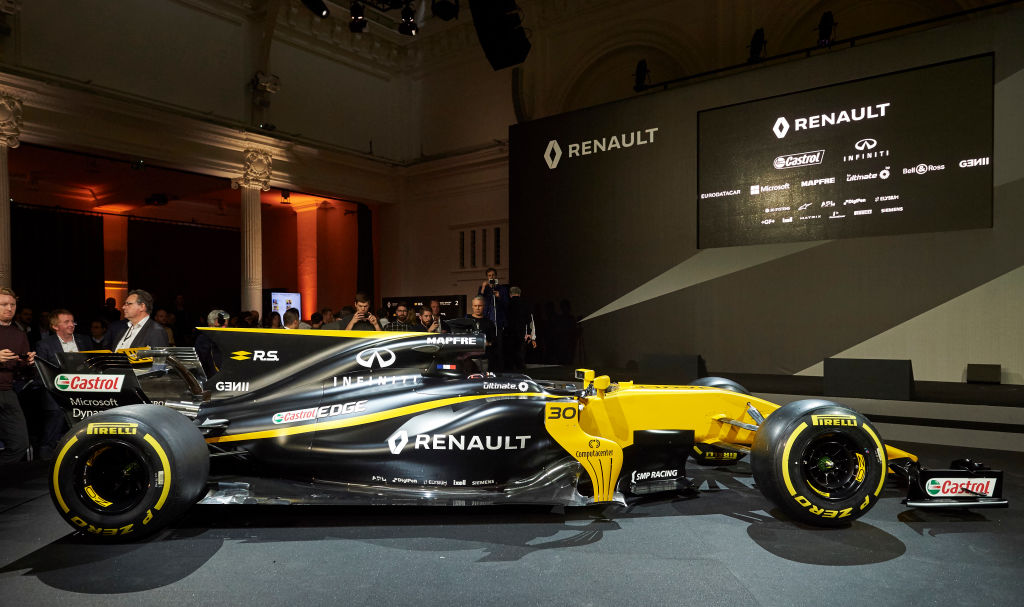
Renault RS 17
After taking over from the Lotus F1 team at the end of 2015, Renault will make its first attempt at creating its own challenger since departing as a manufacturer in 2010.
Last year, the team ran an updated version of the 2015's Lotus F1 car, which struggled to compete with the mid-field competition throughout the year.
Its new car, the RS 17, is a radical departure from last year's model, and features a complex nose cone and more sculpted bodywork. It also has an oval-shaped rollover hoop that is split into various sections used to cool the turbo engine and hybrid units.
[[{"type":"media","view_mode":"content_original","fid":"108529","attributes":{"alt":"","class":"media-image","height":"1365","width":"2048"}}]]
Sauber C36
Sauber celebrates its 25th anniversary with a special colour scheme on its new C36. Its gold, blue and white design replaces the bold yellow, white and blue used over the past two seasons.
Its interpretation of this year's regulations reveals a vastly different car to the 2016 contender. The split air intake above the driver's head, which was last seen on Caterham's 2011 car, appears on the C36, as does the return of the enlarged bargeboards.
The front wing assembly also appears to be far more complex than its predecessor. Sauber has added even more winglets and ducts, while the regulations state the centre section must remain completely blank.
Williams FW40
[[{"type":"media","view_mode":"content_original","fid":"108537","attributes":{"class":"media-image"}}]]
Williams will break its normal incremental naming system for its 2017 car, naming it the FW40 to celebrate the team's 40-year anniversary in the series.
But that's only a minor change as the FW40 will have a lot more aerodynamic grip than its predecessor thanks to the new regulations.
An early rendering of the 2017 car reveals larger bargeboards positioned either side of the driver and a significantly slimmer nose cone. There's also a small aerodynamic device near the driver's feet, known as an S-duct, which draws air from underneath the car and channels it over the top of the chassis.
Red Bull Racing RB13

Red Bull was among the final teams to announce its challenger for the 2017 season, the RB13, which sees the once dominant F1 team introduce a unique aerodynamic device on its front wing.
The team has hollowed out the tip of the car's nose cone, revealing a large duct that could be channeling air through the cockpit. Its primary use could be to cool the driver, says Motorsport, but "it may just pass over some other hot surfaces to help control their temperature."
There's also a more pronounced S-duct above the nose section compared to its race-winning predecessor. This will take air from underneath and channel it over the top of the car.
Toro Rosso STR12
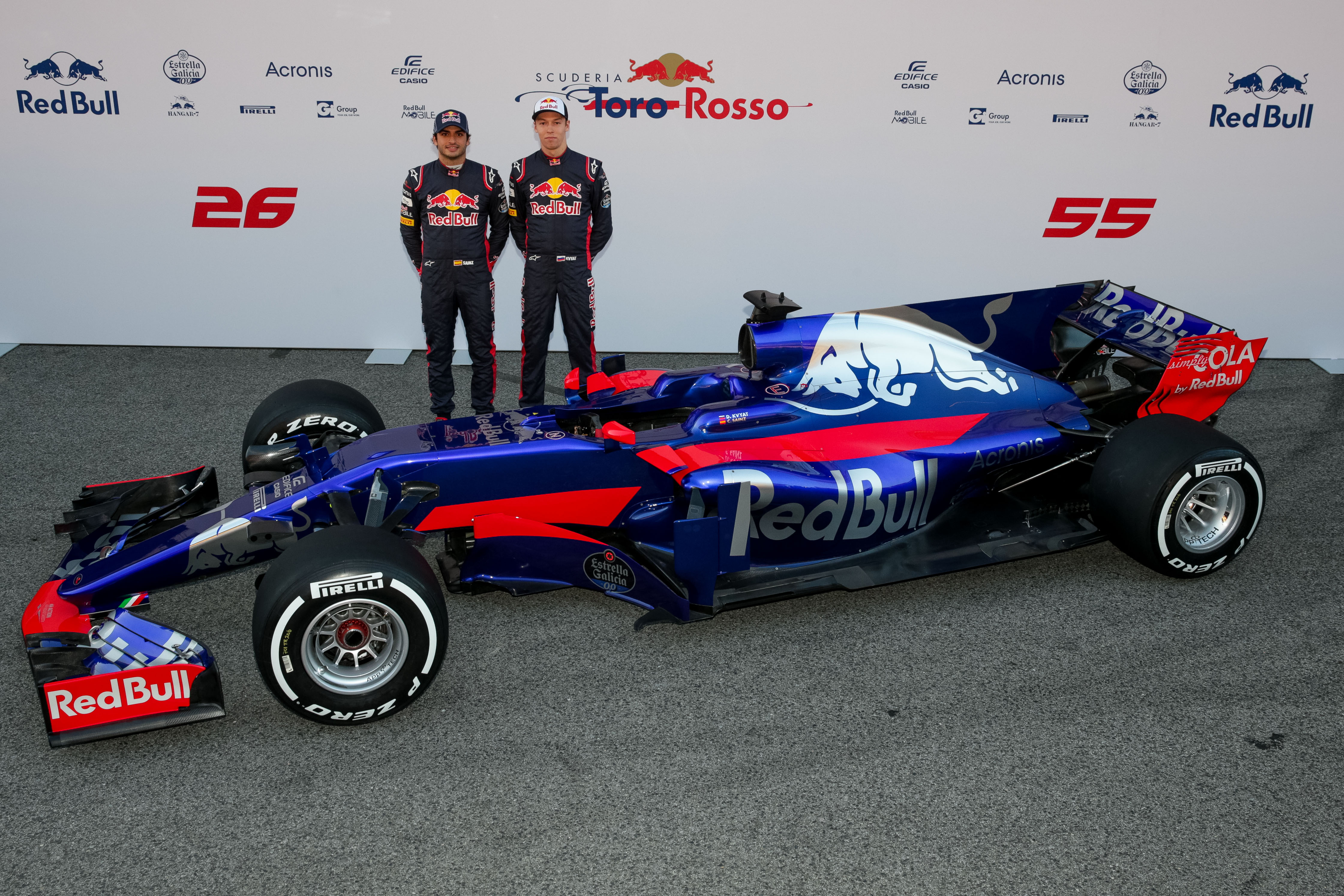
While a handful of teams appear to have reworked their 2016 challengers to conform to this year's radical regulation change, Toro Rosso has unveiled a very different car with a completely new livery compared to its predecessor.
The car bears a striking resemblance to this year's Mercedes, including the more rounded nose cone and the skin-tight engine covers. The air scoop and front suspension assembly are also very similar to the W08, as are the winglets of the side pods.
Haas VF-17
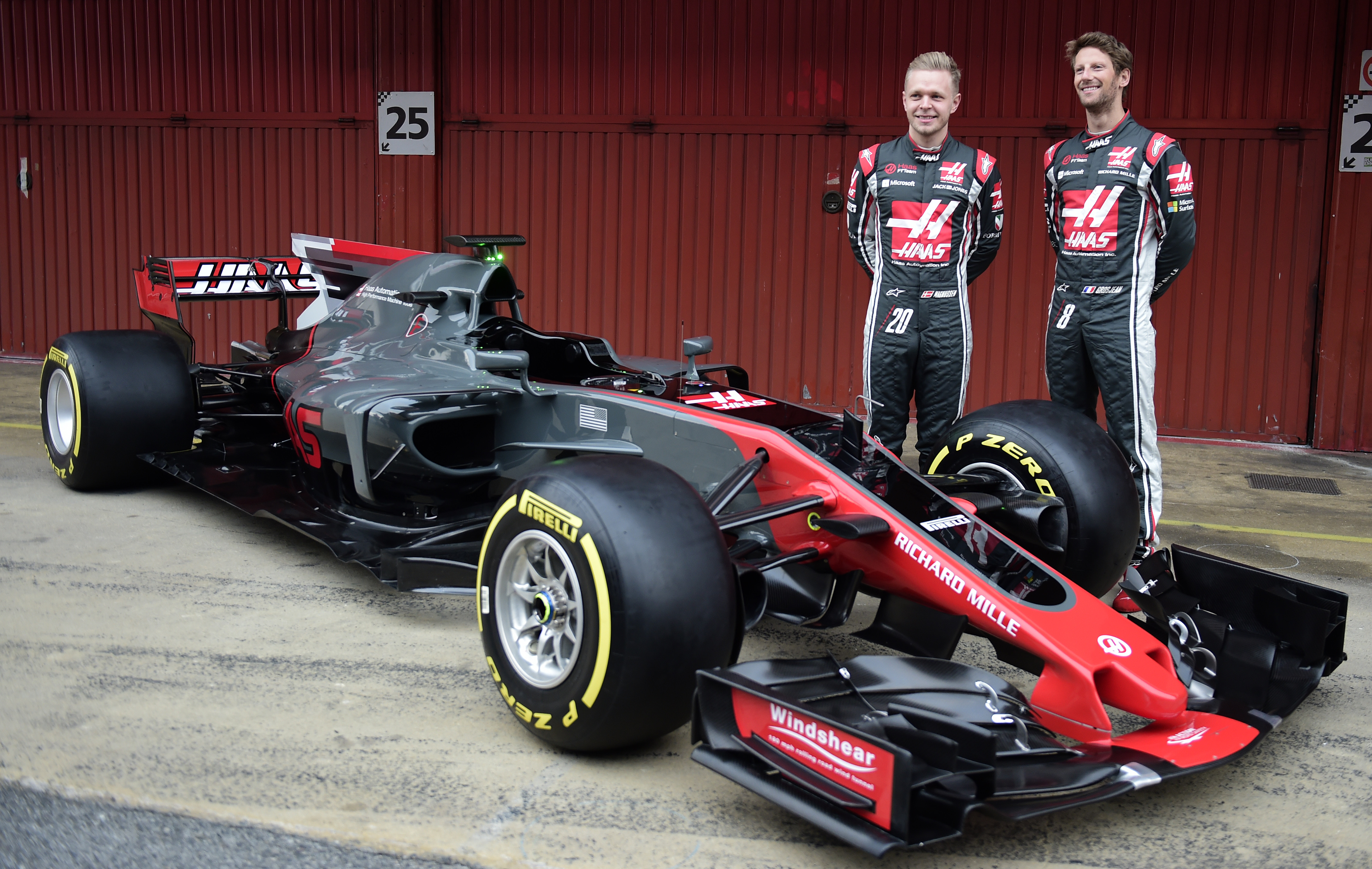
Haas enters its second year in F1 in 2017 after a remarkably successful opening season last year with its Ferrari-assisted VF-16.
While the American team is still in its infancy in the series, the new VF-17 has some small improvements compared to last year's car, with a redesigned nose cone that mirrors those from the majority of the grid. There are also long winglets that flank the driver's legs, as well as small turning vanes under the nose.
Pre-season testing
The next generation of F1 cars will hit the track on 27 February when pre-season testing begins at the Circuit de Catalunya in Spain.
-
 ‘Care fractures after birth’
‘Care fractures after birth’instant opinion Opinion, comment and editorials of the day
-
 Shots fired in the US-EU war over digital censorship
Shots fired in the US-EU war over digital censorshipIN THE SPOTLIGHT The Trump administration risks opening a dangerous new front in the battle of real-world consequences for online action
-
 What will the US economy look like in 2026?
What will the US economy look like in 2026?Today’s Big Question Wall Street is bullish, but uncertain
-
 Christian Horner and the Red Bull saga that refuses to go away
Christian Horner and the Red Bull saga that refuses to go awayIn the Spotlight 'Too dizzy-making' even for the 'merry-go-round world of F1'
-
 Lewis Hamilton on his F1 future: ‘I have plenty of fuel in the tank’
Lewis Hamilton on his F1 future: ‘I have plenty of fuel in the tank’Under the Radar Seven-time world champion finished second on his 300th grand prix start
-
 F1: a bumpy start to the season for Mercedes, Lewis Hamilton and George Russell
F1: a bumpy start to the season for Mercedes, Lewis Hamilton and George RussellUnder the Radar Only four races in and Mercedes already look off the pace
-
 F1 Bahrain GP reactions: Ferrari ‘back with a bang’ as Leclerc ‘tames the beast’
F1 Bahrain GP reactions: Ferrari ‘back with a bang’ as Leclerc ‘tames the beast’feature The Tifosi celebrate a stunning one-two for Charles Leclerc and Carlos Sainz
-
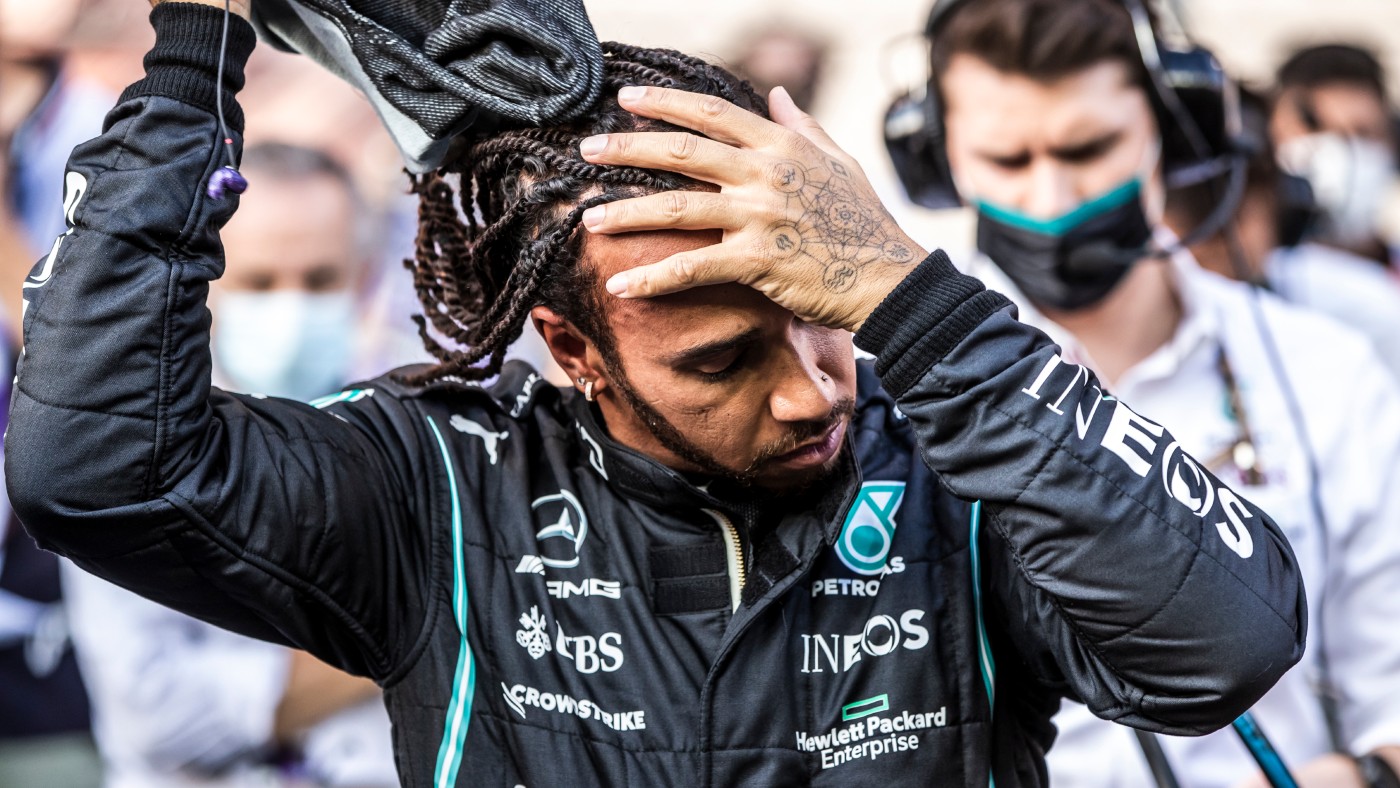 Lewis Hamilton’s future: could he retire from F1?
Lewis Hamilton’s future: could he retire from F1?In the Spotlight It remains ‘unclear’ if the seven-time world champion will be on the grid in 2022
-
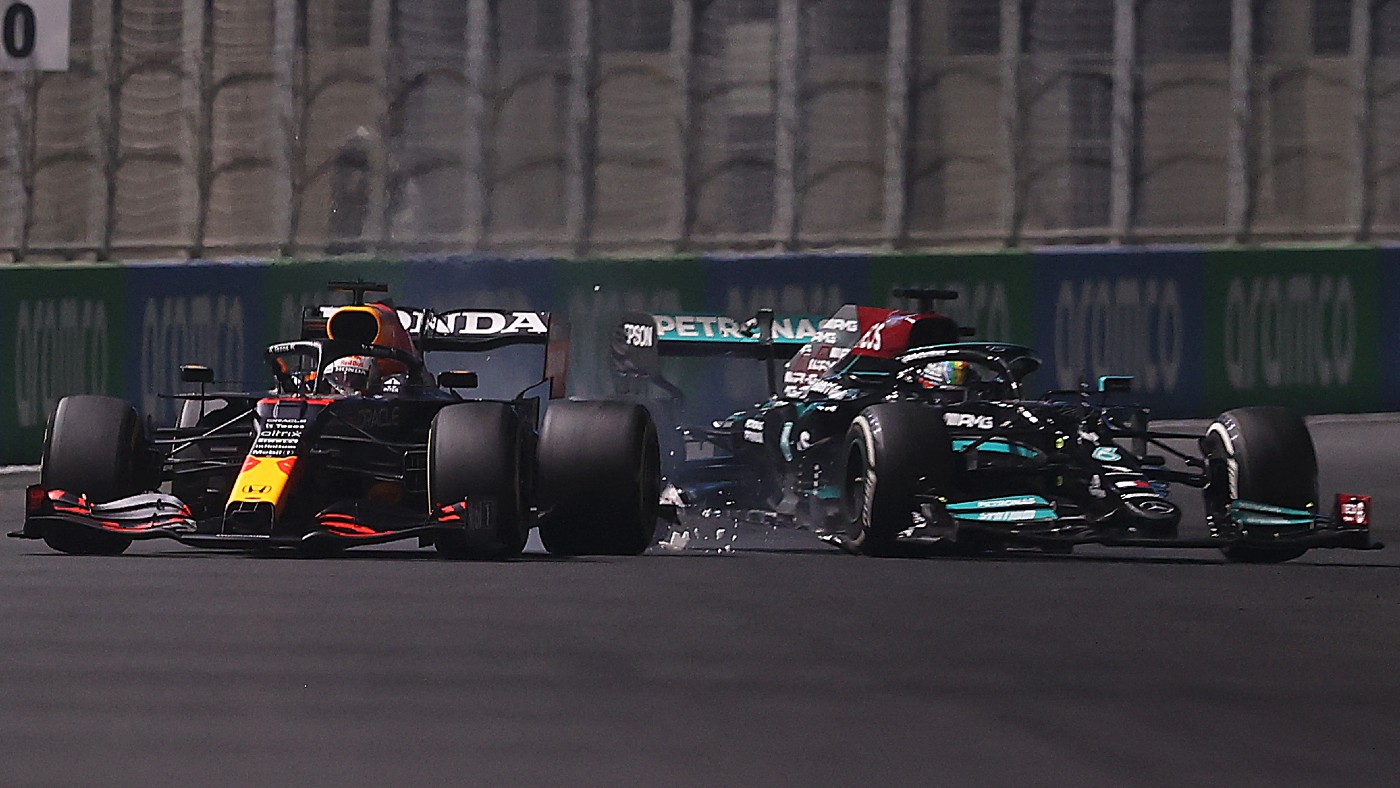 Verstappen or Hamilton: the 2021 F1 title permutations explained
Verstappen or Hamilton: the 2021 F1 title permutations explainedfeature Rivals are level on points going into Sunday’s final race in Abu Dhabi
-
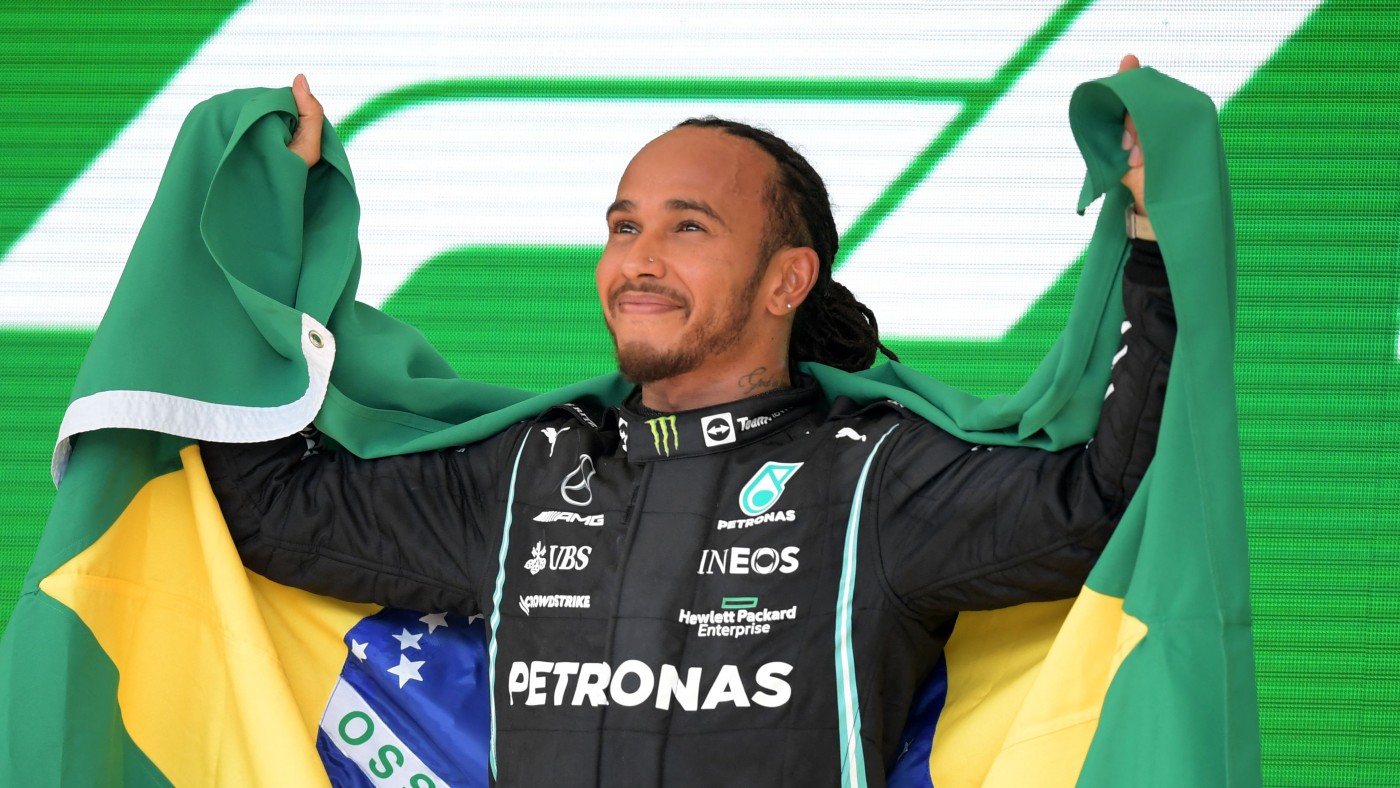 F1: Lewis Hamilton’s astonishing victory in Brazil
F1: Lewis Hamilton’s astonishing victory in Brazilfeature British driver’s win at Interlagos is surely up there with the finest of his career
-
 Lewis Hamilton’s hopes of saving F1 title fade in Texas
Lewis Hamilton’s hopes of saving F1 title fade in Texasfeature A canny tyre strategy clocked up another win for Max Verstappen, who is surging ahead in the title race